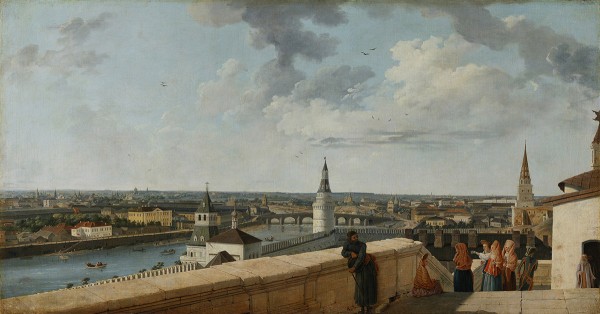“In the late 18th to mid-19th centuries veils were a distinctive clothing item for women of common origin… The more well-to-do wore ‘Qanawat’ veils with gold; such throws could cost up to 100 rubles or more. To leave home without such a veil on one's head was considered disreputable…” (Pylyaev 2007, 61).
Qanawat veils, named for the Syrian city where the silk was produced, were large headscarves of rectangular shape worn over the headdress and shoulders. It's possible that Pylyaev somewhat exaggerated the price of these veils, as other scholars mention prices ranging from seven to 45 rubles (Arsenyeva). On the other hand, the Russian saying Gol’ perekatna, a fata kanavatna (poor as a churchmouse but in a Qanawat veil) does express surprise at the fact that poor people could afford to wear such an expensive clothing accessory.

